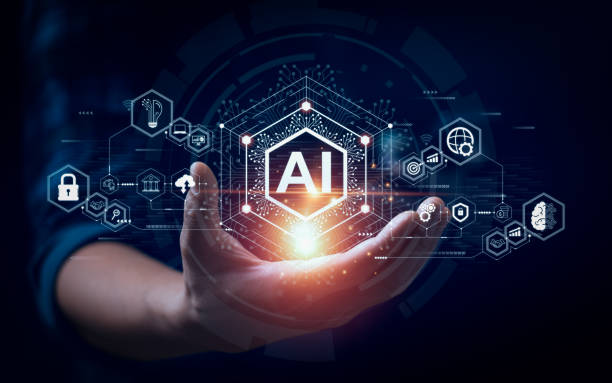Machine learning, a subset of artificial intelligence (AI), is revolutionizing the way we interact with technology. Why? Because it enables computers to learn and make decisions with minimal human intervention. From personalized Netflix recommendations to self-driving cars, machine learning powers a wide range of real-world applications.
Toc
- 1. Types of Machine Learning
- 2. Related articles 01:
- 3. How Machine Learning Works
- 4. Key Algorithms in Machine Learning
- 5. Real-World Applications of Machine Learning
- 6. Tools and Frameworks for Machine Learning
- 7. Challenges and Limitations of Machine Learning
- 8. Related articles 02:
- 9. The Future of Machine Learning
- 10. How to Get Started with Machine Learning
- 11. FAQs About Machine Learning
- 12. Take the Next Step Toward Machine Learning Mastery
- 13. Meta Information
But why is machine learning such a big deal? Its importance stems from its ability to process vast amounts of data, identify patterns, and derive insights that were once unimaginable. From healthcare to finance, machine learning is reshaping industries and driving innovation at an unprecedented pace.
The concept isn’t entirely new. Its origins date back to the 1950s, when Arthur Samuel created a program to teach computers how to play checkers. Later milestones include the development of neural networks in the 1980s and deep learning’s rise in the 2010s, which has taken machine learning to new heights.
Types of Machine Learning
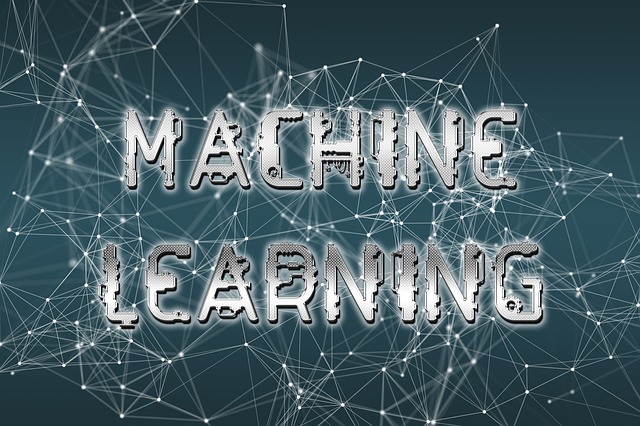
Machine learning can be broadly categorized into four main types:
Supervised Learning
Supervised learning relies on labeled data to train algorithms, making it one of the most commonly used methods in machine learning. Think of it as learning with a teacher who provides clear instructions and guidance, where the algorithm is given both the input data and the correct output it should produce. Through this process, the algorithm learns to make predictions or classify data by identifying patterns within the labeled examples, which can then be applied to new, unseen data.
Examples:
- Spam detection in emails: Identifying and filtering out unsolicited or harmful messages from your inbox to ensure a smooth and secure email experience.
- Recognizing objects in images: Using advanced algorithms to detect and classify objects within photos, enabling applications like image search, facial recognition, and autonomous driving.
Algorithms:
- Linear Regression
- Decision Trees
- Support Vector Machines (SVM)
Unsupervised Learning
Unsupervised learning works with unlabeled data, allowing algorithms to identify hidden patterns.
Examples:
- Grouping customers into segments
- Detecting anomalies in financial transactions
Algorithms:
- K-Means Clustering
- Principal Component Analysis (PCA)
Semi-Supervised Learning
Combining aspects of both supervised and unsupervised learning, this approach uses a small amount of labeled data alongside a larger pool of unlabeled data.
Use Cases:
- Speech Recognition
- Fraud Detection
Reinforcement Learning
Reinforcement learning mimics how humans learn through trial and error. The algorithm “learns” by interacting with its environment to maximize rewards.
Examples:
1. https://kingjade.com.vn/bat-mi-8-cach-giai-hoa-diem-xui-de-ruoc-may-man-vao-nha-truoc-nam-2022
2. https://kingjade.com.vn/mat-day-chuyen-hinh-bat-quai-co-that-dem-lai-su-binh-an-va-may-man
3. https://kingjade.com.vn/tat-tan-tat-ve-da-quy-tho-muon-mua-phai-tim-hieu-ngay-4-dieu-nay
4. https://kingjade.com.vn/huong-dan-do-size-tay-chuan-nhat
5. https://kingjade.com.vn/menh-tho-deo-day-chuyen-hinh-gi-de-thu-hut-tai-loc
- AlphaGo learning to play board games
- Robotics and autonomous vehicle training
How Machine Learning Works

Machine learning follows a systematic process. Here’s how it typically unfolds:
Data Collection
Data is the foundation of machine learning. It can be collected from:
- Structured sources like databases
- Unstructured sources like social media or images
Data Preprocessing
After collection, data must be cleaned and prepared for modeling:
- Cleaning: This involves identifying and removing duplicate or irrelevant entries from the dataset to ensure accuracy and consistency. It helps in reducing noise and improving the quality of the data for analysis.
- Handling Missing Values: This step addresses gaps in the data by filling them using methods such as the mean, median, mode, or more advanced techniques like interpolation. Properly handling missing values is crucial to avoid bias or inaccuracies in the analysis.
Model Selection
That’s a crucial point to understand when diving into machine learning here in Hanoi! You’re absolutely right that the selection of the most effective algorithm is heavily dependent on the specific type of problem we’re trying to solve.
For instance, as you mentioned, classification algorithms are indeed the go-to for tasks where the goal is to categorize data into distinct groups. Think about applications like automatically filtering spam emails – a very relevant issue for many internet users here in Vietnam – or predicting whether a customer will make a purchase on a local e-commerce platform. These algorithms excel at assigning data points to predefined categories.
Conversely, regression algorithms come into play when our aim is to predict continuous numerical values. Examples could include forecasting real estate prices in areas like Tay Ho or Hai Ba Trung, or predicting the future demand for electricity in Hanoi based on various factors.
And then there’s clustering, which serves a different purpose altogether. These algorithms are fantastic for identifying natural groupings or patterns within unlabeled data. This could be incredibly useful for tasks like segmenting the Hanoi market into different customer groups based on their purchasing behavior, or for analyzing satellite imagery of the city for urban planning purposes.
Your emphasis on understanding the fundamental nature of the problem we’re tackling is absolutely key. It’s the first and most critical step in selecting the right machine learning approach and ultimately achieving meaningful and accurate results. Choosing the wrong algorithm, even with good data, can lead to ineffective or misleading outcomes.
Training the Model
Training involves feeding the model with large amounts of data, allowing it to identify and learn underlying patterns or relationships within the dataset. This process enables the model to make accurate predictions or decisions based on similar inputs in the future. To ensure the model performs well on data it has never seen before, a portion of the dataset is set aside for validation. This validation step helps evaluate the model’s accuracy and generalization, ensuring it is not just memorizing the training data but is capable of adapting to new, unseen scenarios.
Evaluation
Metrics like precision, recall, accuracy, and F1 scores are used to assess the model’s effectiveness.
Prediction and Deployment
Once trained and evaluated, the model is deployed to produce predictions or insights in real-world scenarios.
Key Algorithms in Machine Learning
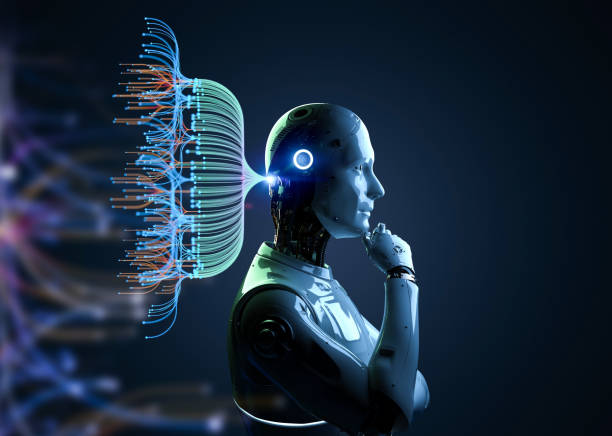
Some commonly used algorithms include:
- Linear Regression: A statistical method that predicts a value based on the relationship between independent and dependent variables. It’s widely used for forecasting and finding trends in data.
- Decision Trees: A model that uses a branching, tree-like structure to make decisions by splitting data into subsets based on specific conditions. It’s easy to interpret and great for classification tasks.
- Random Forests: An ensemble learning method that combines multiple decision trees to improve accuracy and reduce overfitting. It’s effective for both classification and regression tasks.
- K-Means Clustering: An unsupervised learning algorithm that groups similar data points into clusters by minimizing the distance between points in the same cluster. It’s commonly used for market segmentation and pattern recognition.
- Neural Networks: A powerful machine learning model inspired by the structure of the human brain. It consists of layers of interconnected nodes that process data to identify patterns, making it ideal for complex tasks like image recognition and natural language processing.
Real-World Applications of Machine Learning
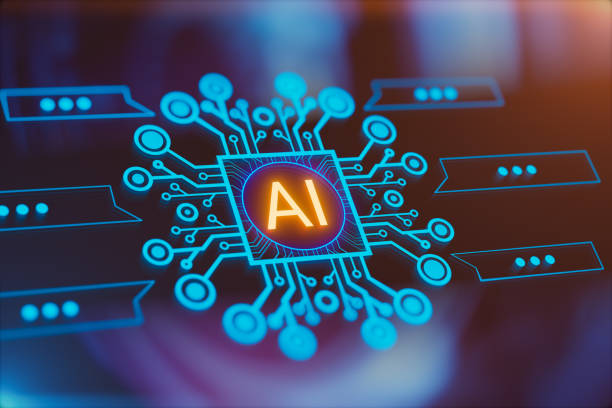
Machine learning has transformed numerous industries, including:
Healthcare
- Predicting diseases like diabetes
- Creating personalized treatment plans
Finance
- Fraud detection in transactions
- Automated portfolio management
Retail
- Inventory management for seamless supply chain operations
- Customer segmentation for targeted marketing
Autonomous Vehicles
- Real-time object detection on the road
- Route optimization for better navigation
Entertainment
- Recommendation systems on platforms like Spotify and Netflix
Tools and Frameworks for Machine Learning
Here are some essential tools and frameworks:
Programming Languages
- Python: Most commonly used for its simplicity and a large number of libraries.
- R: Great for statistical analysis.
Libraries and Frameworks
- TensorFlow and PyTorch for developing robust and scalable machine learning and deep learning models, offering flexibility and powerful tools for custom solutions.
- Scikit-learn for implementing basic machine learning algorithms, such as regression, classification, and clustering, making it an excellent choice for quick prototyping and data analysis.
- Keras for simplifying the development of neural network architectures, providing an easy-to-use interface while integrating seamlessly with TensorFlow for building complex models.
Cloud Platforms
- Google AI Platform
- AWS Machine Learning
- Microsoft Azure ML
Challenges and Limitations of Machine Learning

Despite its advancements, machine learning has its challenges:
1. https://kingjade.com.vn/chatbot-ai-2025-the-future-of-ai-powered-conversations
2. https://kingjade.com.vn/bach-ngoc-la-gi-nhung-bi-mat-thu-vi-ve-bach-ngoc
3. https://kingjade.com.vn/top-20-qua-tang-20-11-tri-an-thay-co-giao-dang-mua-nhat
- Data Quality and Availability: Poor quality data, such as incomplete, inconsistent, or noisy data, can result in inaccurate and unreliable models. Additionally, insufficient data availability can limit the effectiveness of machine learning algorithms. High-quality, diverse datasets are vital for training robust models.
- Overfitting and Underfitting: Overfitting occurs when a model learns the training data too well, including noise, and performs poorly on new data. Underfitting happens when a model is too simple to capture the underlying patterns in the data, leading to suboptimal performance. Striking the right balance is essential for creating reliable models.
- Algorithm Bias: Bias inherent in the training data can lead to unfair or discriminatory decisions in machine learning models. Ensuring data fairness and addressing algorithmic bias is critical for building ethical and accurate systems.
- Interpretability: Highly complex models, such as deep learning algorithms, can be difficult to interpret or explain. This lack of transparency can create challenges in understanding the reasoning behind the model’s predictions, especially in sensitive or high-stakes applications.
- Resource Constraints: Training and deploying machine learning models often require significant computational power and resources. These high costs can pose challenges, particularly for smaller organizations or projects with limited budgets.
The Future of Machine Learning
Machine learning is poised for continuous evolution. Here’s what’s on the horizon:
- Explainable AI (XAI) aims to make AI models more transparent and understandable, helping users and developers trust the decision-making process by providing clear explanations for how outcomes are reached.
- Edge AI enables on-device learning and processing, reducing dependency on constant cloud connectivity, improving response times, and ensuring better data privacy for users.
- Quantum Computing has the potential to break computational barriers by solving highly complex problems much faster than traditional computing, opening new possibilities for AI applications.
- Ethical Considerations focus on ensuring AI systems remain inclusive, fair, and unbiased, addressing concerns about discrimination, data privacy, and societal impact.
How to Get Started with Machine Learning
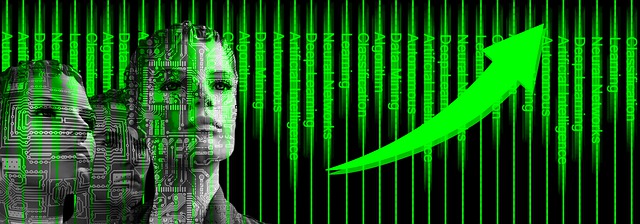
Learning Paths
- Beginner: Learn basics with online tutorials.
- Intermediate: Start with projects involving datasets.
- Advanced: Explore deep learning and neural networks.
Online Courses
Platforms like Coursera, edX, and Udacity offer excellent machine learning courses.
Recommended Books
- “Hands-On Machine Learning” by Aurélien Géron
- “Pattern Recognition and Machine Learning” by Christopher Bishop
Projects
Participate in Kaggle competitions or build simple models using public datasets.
FAQs About Machine Learning
What is the difference between AI and Machine Learning?
AI, or artificial intelligence, is a broad field that involves the development of machines capable of performing tasks that typically require human intelligence, such as reasoning, problem-solving, and decision-making. Within this expansive field, machine learning is a specialized subset that focuses on teaching machines to learn and improve from experience using data, without being explicitly programmed for every specific task. By analyzing patterns and making predictions, machine learning enables AI systems to adapt and become more effective over time.
Can I learn machine learning without coding?
Coding is a crucial skill for building and implementing machine learning models, as it allows for customized solutions and a deeper understanding of how algorithms work. However, tools like AutoML have made it easier for individuals with limited programming experience to explore machine learning. These platforms automate many of the complex steps involved, such as data preprocessing, model selection, and tuning, enabling users to experiment and gain insights without requiring advanced coding skills.
Is machine learning a good career?
Absolutely! With high demand across industries and a wide range of growing applications, machine learning professionals are in an excellent position to build fulfilling and lucrative careers. From developing cutting-edge AI solutions to optimizing business processes, these experts play a vital role in shaping the future of technology. As companies continue to invest in AI and data-driven strategies, the need for skilled machine learning professionals shows no signs of slowing down.
Take the Next Step Toward Machine Learning Mastery

Machine learning is revolutionizing the way we live, work, and innovate, powering advancements in fields like healthcare, finance, transportation, and more. From personalized recommendations to autonomous systems, its applications are vast and growing rapidly. By understanding the fundamentals of machine learning and exploring its real-world uses, you can play a role in shaping this exciting transformation.
Now is the perfect time to dive in. Join a community of learners, explore online courses tailored to your skill level, or start experimenting with building your own models using accessible tools and resources. The possibilities are endless—start your journey today!
Meta Information
Meta Title
Comprehensive Guide to Machine Learning for Beginners
Meta Description
Learn all about machine learning—types, applications, and algorithms. Get started with practical steps and tools! Designed for data enthusiasts and AI researchers.




